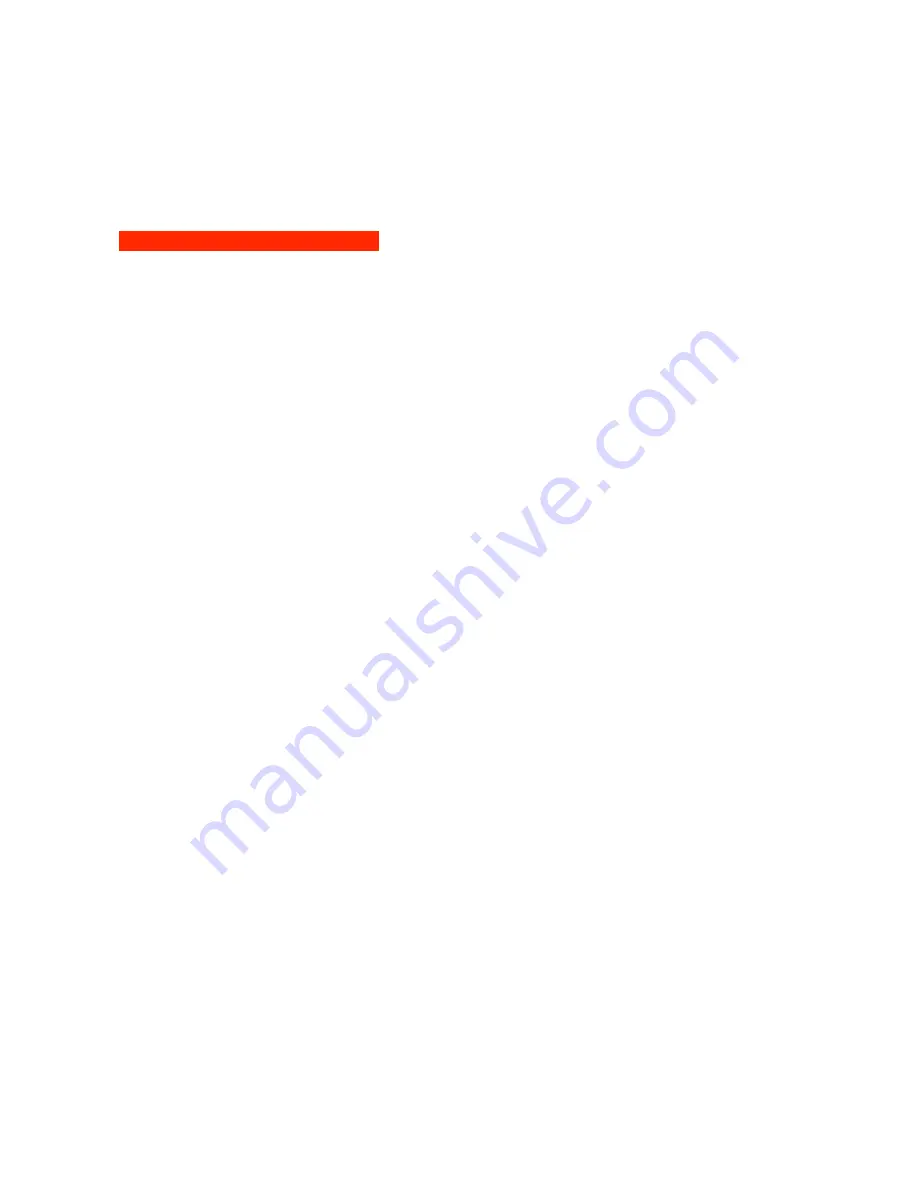
Quick Start
I
NSERTING
T
HE
P
LUG
-I
N
To get started, insert Tune onto your vocal track (or monophonic instrument track.) It is
important that Tune precedes any effects processing on the source. We recommend that
Tune is your first insert on the track.
Important note to ProTools users!
For proper operation of Tune you need to first insert the Waves ReWire plug-in into your
session. Since the Waves ReWire plug-in has no audio output you should insert it into an
auxiliary track so that it doesn’t use a valuable voice.
Other host applications automatically launch the Waves ReWire device.
ReWire technology is made by Propellerhead software.
Once inserted on a track, Tune is ready to scan an incoming signal. To keep memory
usage reasonable and to offer you an extremely stable work environment, Tune can track
pitches for a duration of ten consecutive minutes. If you need to scan more than ten
minutes, you can clear the memory and use the Session Start Time dialogue to start a new
scan at a later specific location.
Tune fully syncs with the host editor’s time line, so that you will not have to leave the
plug-in during your session. The following transport functions can be performed from
within Tune:
1.
Play start time.
2.
Mark and playback loop regions.
3.
Stop playback.
4.
Start playback.
5.
Set session start time.
6.
Snap marker to host’s grid option.
All this is done using ReWire technology licensed from Propellerhead Software.
Before you begin scanning your track, you can set global parameters and segmentation
parameters such as Scale and Root. These can be modified later, but the modifications will
affect only the selected notes. Reference Pitch should be adjusted before the scan, as any
changes made after the scan will require clearing the graph and re-scanning.
S
CANNING AND
P
ITCH
T
RACKING
When you send audio through the plug-in, Tune will perform a scan and create the
following displays:
•
Waveform overview - displayed at the top.
•
Detected pitch curve - displayed in orange on the piano roll pitch editing graph.
•
Correction pitch curve - displayed in green on the piano roll pitch editing graph.
•
Note segments – displayed as light white blocks around segments of the pitch
correction curve.
An orange highlight on the top waveform overview indicates that Tune is scanning audio.
During the scan, you will not hear any changes in the original audio.
There’s no need to scan the entire track at once. Whenever Tune detects signal in a
section where it hasn’t yet established a pitch curve or where the pitch curve has been


















